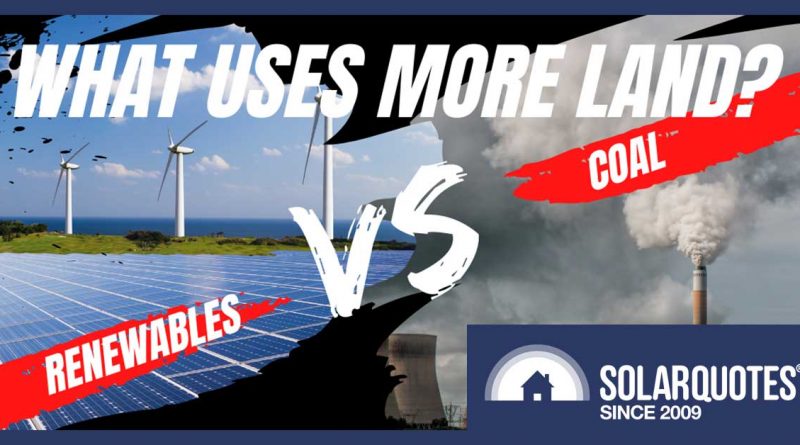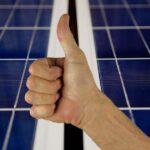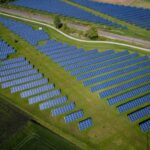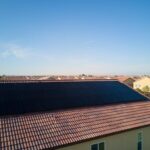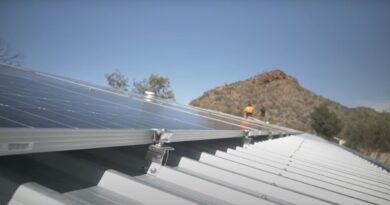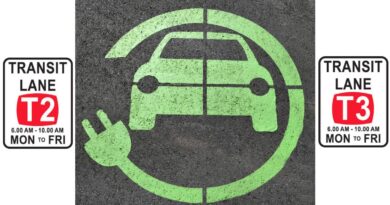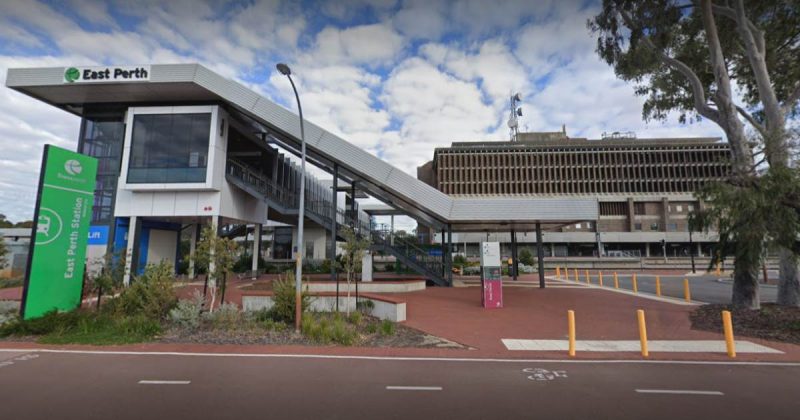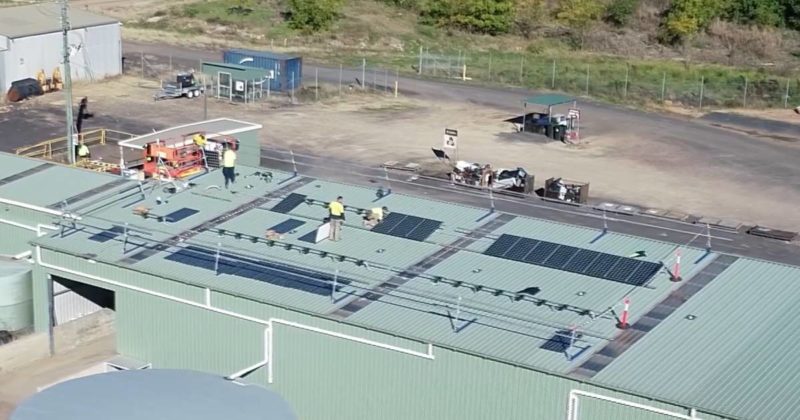Wind & Solar Power Use Far Less Land Than Coal
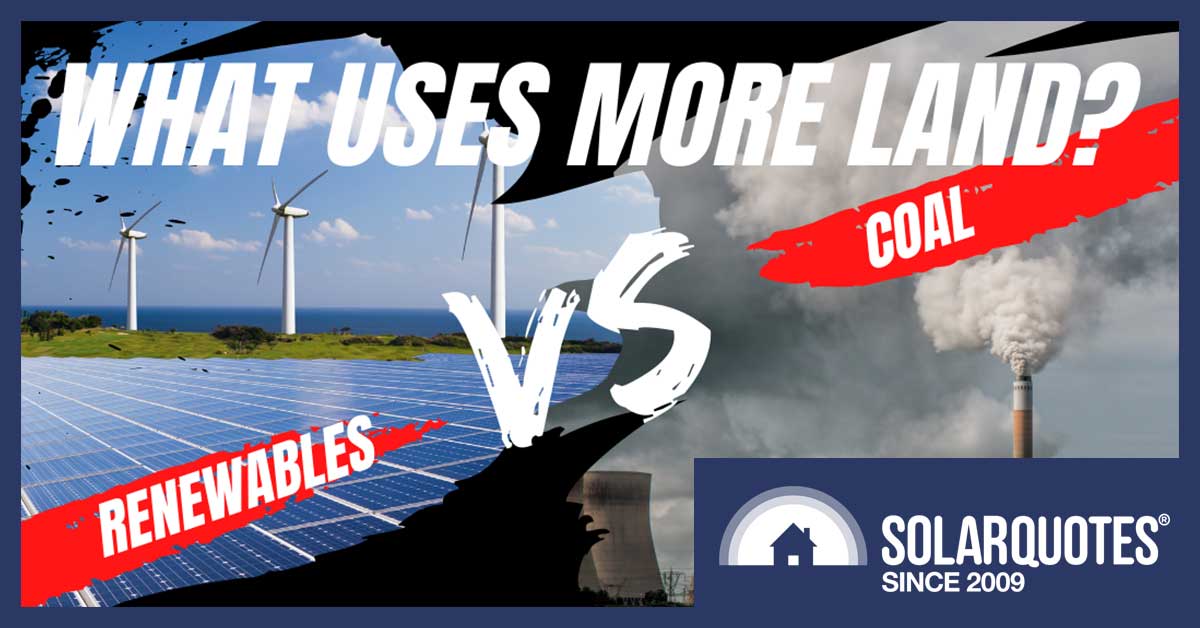

The lowest cost way to replace the coal power now providing 63% of Australia’s electricity is to replace it with a combination of wind and solar generation plus energy storage. The cost of renewable energy and battery storage has fallen so far, the only way existing coal power stations will be able to turn a profit soon will be if crooked politicians hand out favours to fossil fuel industries.
It makes no difference if the bent pollies never personally pocket a dodgy dollar. As far as I’m concerned, anyone who takes taxpayers money and uses it to subsidise something that kills taxpayers has a crookedness of the soul.
But despite the advances that have given us low-cost energy able to power civilisation without wrecking it, there are still denizens in the deep dark regions of the internet, and Parliament, who continue to pull out the now hoary old myths that…
- Wind and solar energy generation take up too much space, and…
- They require too much material and resources to be worthwhile.
People who say these things are idiots. I don’t mean idiots in the traditional sense of not being able to think, but in the modern sense of being capable of thinking but refusing to. If they’d bothered to spend a few minutes considering how much land and material is required for a coal power station and then used the internet to look up some basic information, they’d either realize they were wrong or at least recognize they don’t have a clue about what they’re going on about.
To put these two zombie ideas to rest, I’m going to use my ability to steal pictures from Google Maps and demonstrate simply but effectively that wind and solar energy generation require far less land than coal.
While I realize my efforts may not be enough to finish off these shambling monsters, these zombies are falling to pieces, so hopefully, I’ll succeed in driving a silver stake through the heart of the brains of these undead ideas for the final time and finish them for good.
A Giant Coal Hole
This is the Leigh Creek coal mine in South Australia:
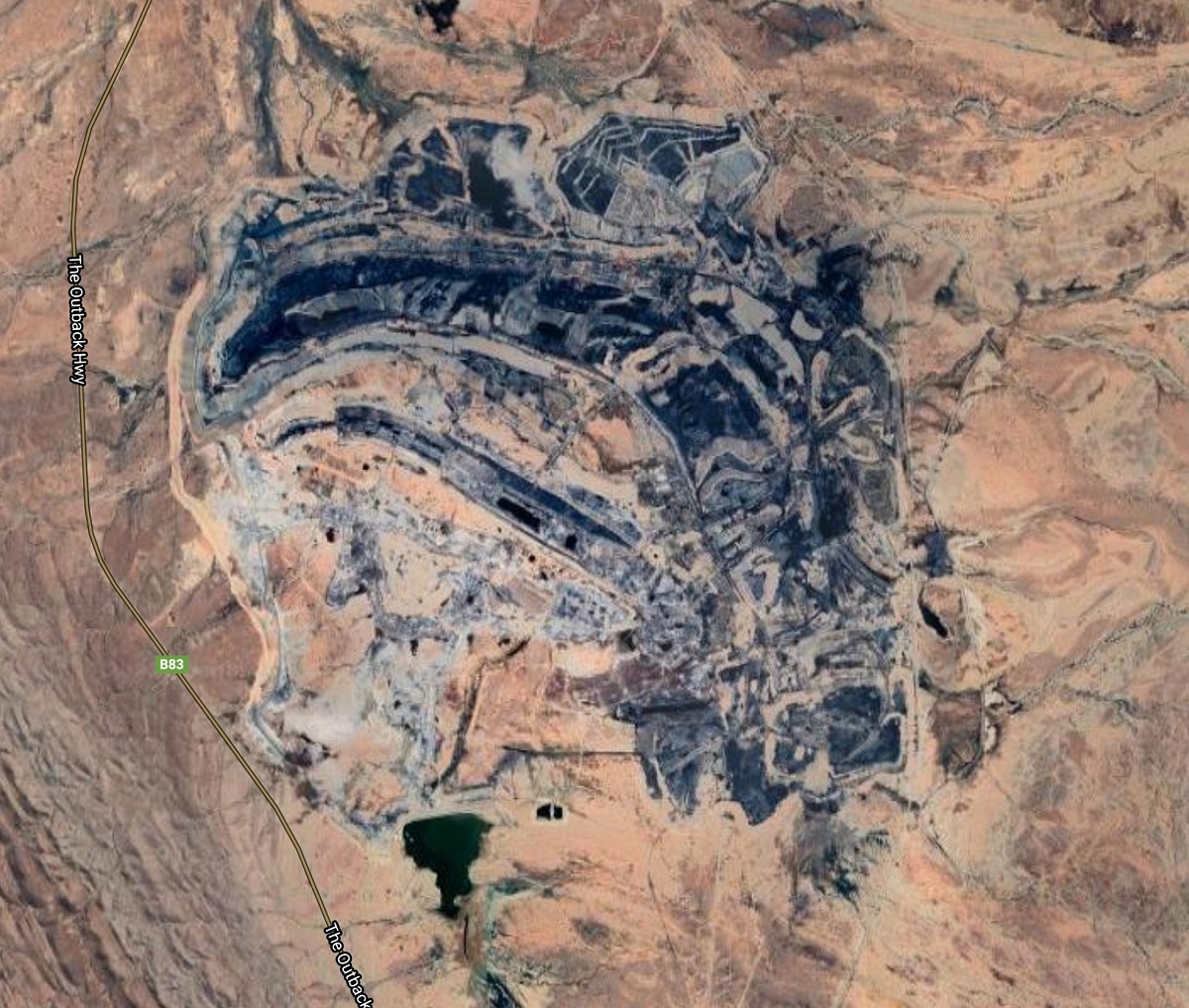

It’s no longer in operation as South Australia’s last coal power station closed down in 2016. But the hole is still there, and it’s enormous. The area inside the black square in the photo below is…
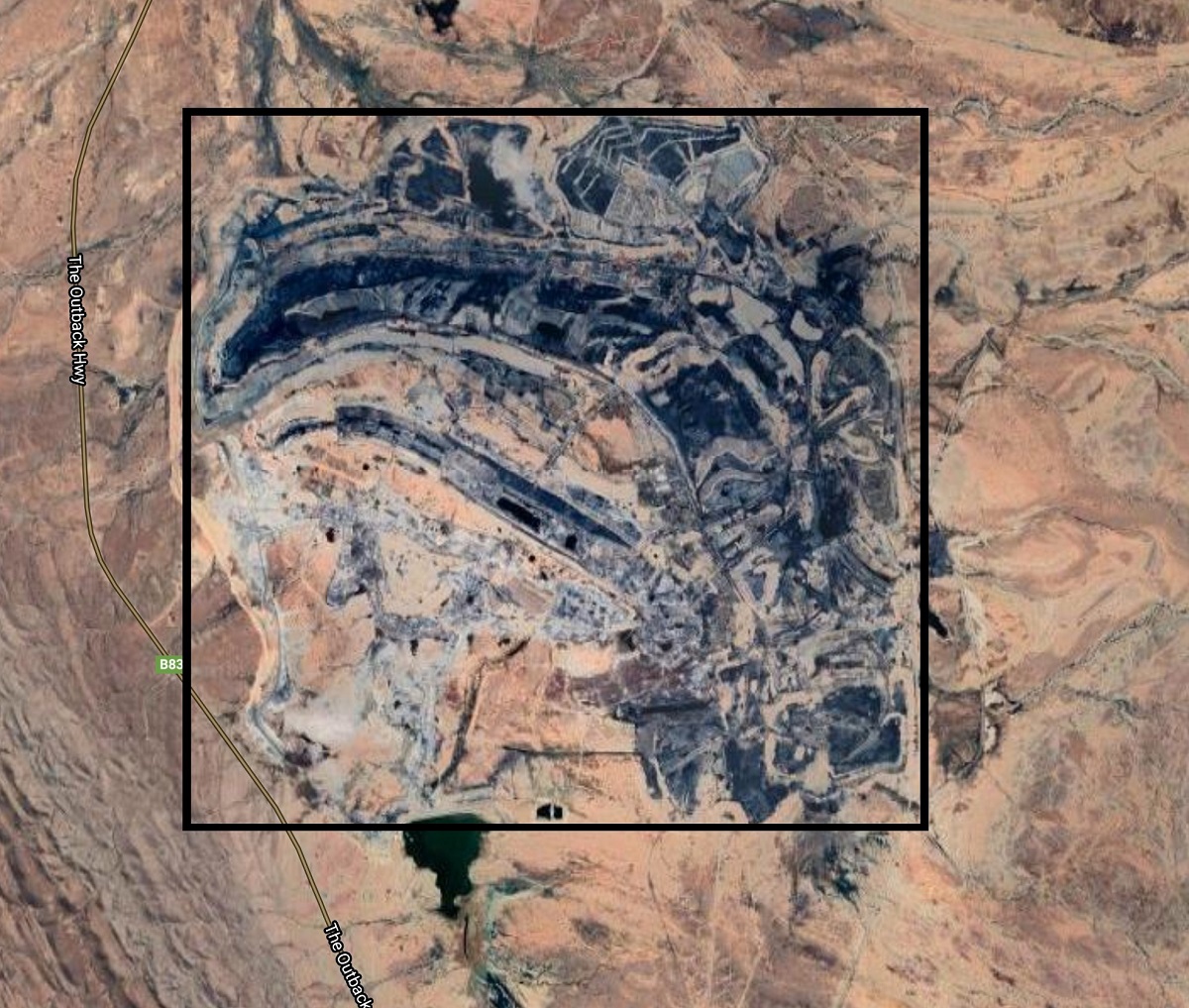

…50 square km.
That’s not even the entire mine area. It’s just the main works.
The maximum amount of electrical energy generated from coal supplied by this mine was 4,541 gigawatt-hours in 2010. That was its best year. Of course, going by the amount of environmental destruction caused — unless you happen to be a jellyfish — it was its worst year.
Solar Farms Require Less Land
The orange square in the picture below is 3.7 square kilometres and the size of the solar farm required to generate as much electrical energy annually as coal produced from this mine in its best year did.
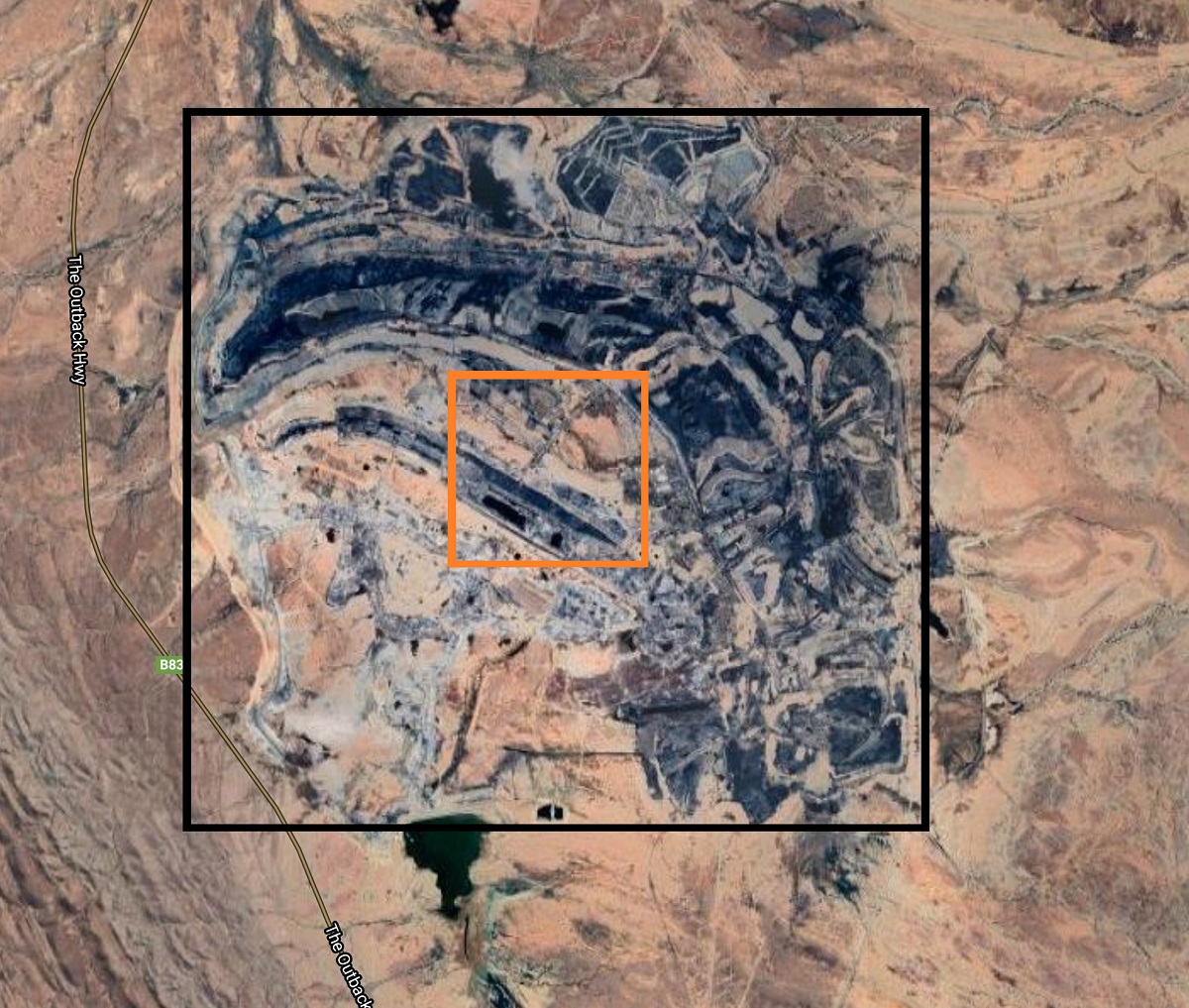

It requires under 8% of the area inside the black square. This is for 20% efficient, north-facing, fixed solar panels with adequate spacing, so they don’t shade each other in winter. If the panels were put on solar trackers that follow the sun or mounted facing east and west, the land required would be less.
Wind Power Needs Even Less Land
Wind power in South Australia only needs a little more than one-third as much land as solar power to generate the same amount of energy, as the green square in the picture below shows:
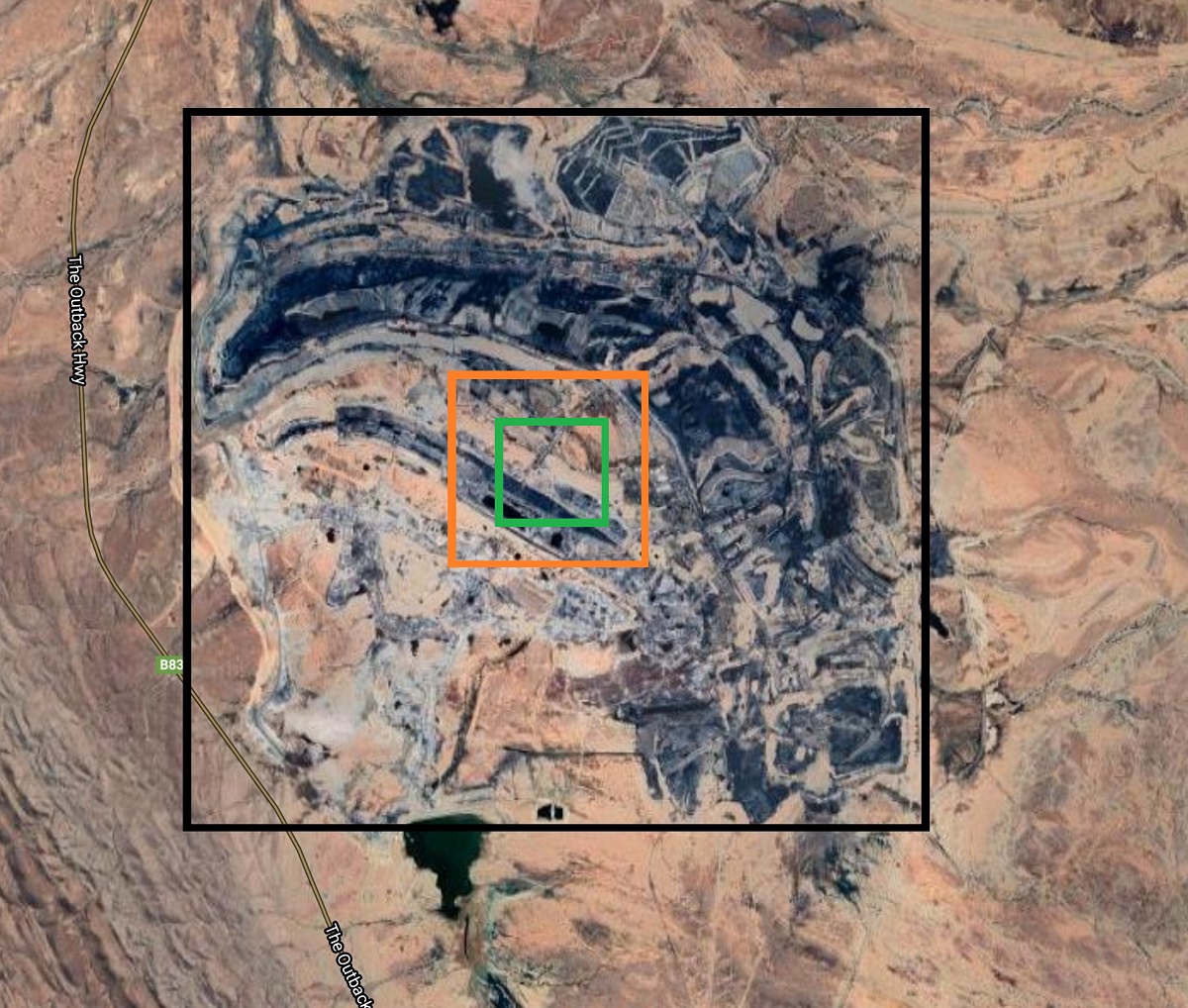

The green square represents 1.3 square kilometres. This means wind requires less than 3% of the mine area to match its maximum energy output.
If the small area required by wind makes you want to say:
“But don’t wind farms cover vast tracts of countryside, as this photo of one near Snowtown shows?”


My response would be:
“Wind farms do spread their turbines over a wide area, but 99% of the land can still be used for its original purpose. The wind turbines and their service roads require little room. The land in the photo was originally used for grazing and just about all of it can still be used for that purpose. The reduction in local wind speeds caused by the wind turbines increases water availability, so it’s possible erecting this wind farm has resulted in no loss of agricultural productivity.”
Rooftop Solar Requires The Least Land
Most of Australia’s solar energy is provided by rooftop solar power systems, and the image below shows how much land this takes up:
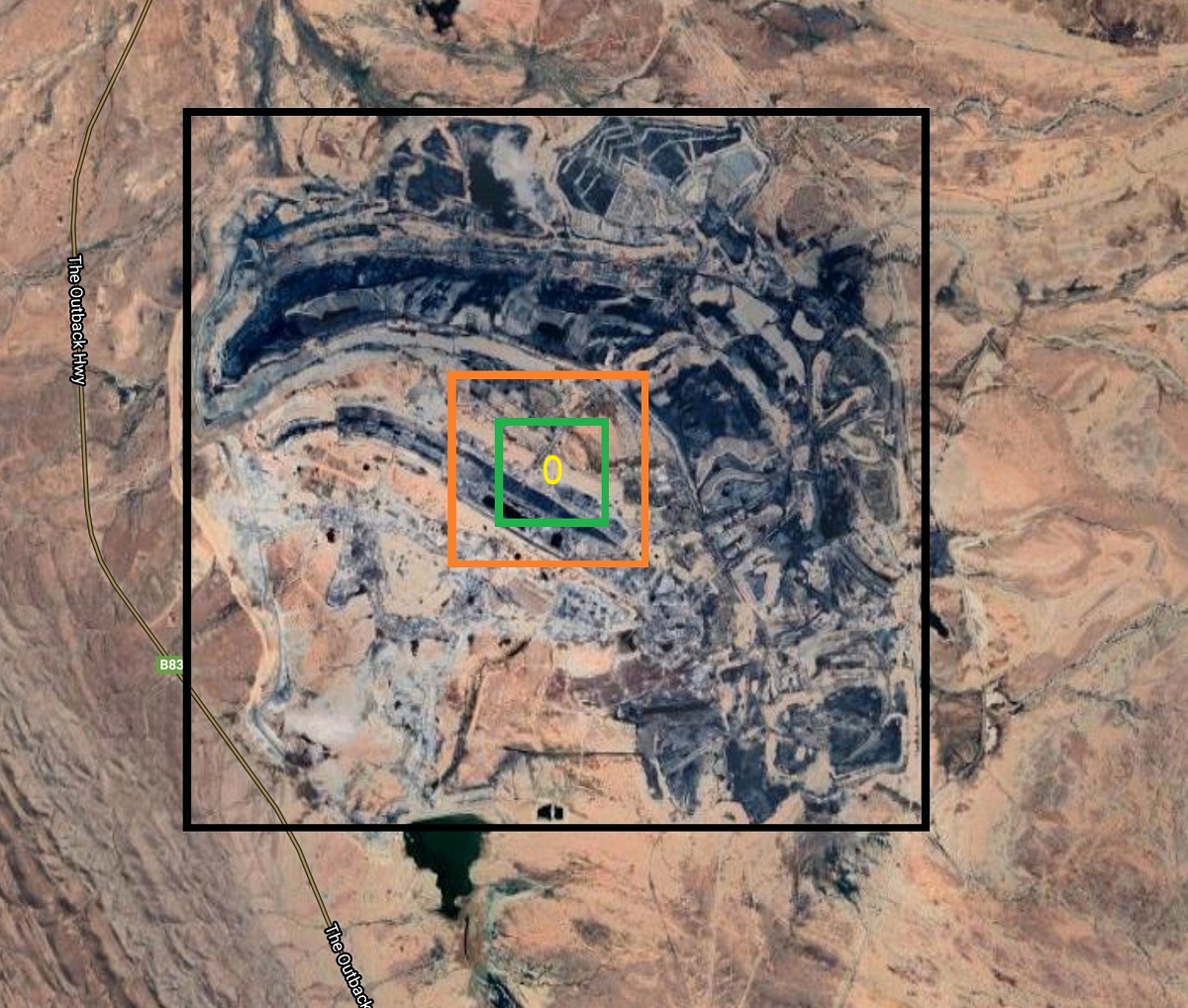

Note that yellow oval doesn’t represent an area, it’s a numeral. Rooftop solar removes zero land from its original use because it goes on roofs. (The name is a bit of a giveaway.)
Materials – Coal Vs. Wind And Solar
As a very rough estimate, a solar farm that produces as much energy as the Leigh Creek coal mine in its most productive/environmentally destructive year might weigh 50,000 tonnes. That’s for solar panels, racking, foundations1, and inverters. As an extremely rough estimate, the two coal power stations the mine supplied in 2010 may have totalled 20,000 tonnes.
If you think this means solar farms need more than twice the amount of material than coal generation, then there’s something pretty hefty you’ve overlooked, and that is the weight of their fuel.
According to Einstein’s special theory of relativity,2 the amount of sunlight energy required to generate one gigawatt-hour of electricity using 20% efficient panels has a mass of 5 grams. According to the SA Department for Energy and Mining, the amount of Leigh Creek coal required to generate one gigawatt-hour has a mass of around 810 tonnes.
Using this figure means in its best year it produced around 3.7 million tonnes of coal. That’s 18 times as much material as is required to build a solar farm able to produce that much energy. The sunlight energy required would mass around 23 kg and would have smacked into the ground anyway.
On a smaller scale, going by the average energy content of coal used for electricity generation in Australia, over its lifetime one modern solar panel can easily produce as much electrical energy as 12 tonnes of coal. So while material needs to be mined to produce solar farms, it’s trivial compared to what’s required for coal power.
Wind farms require a comparable amount of material as solar farms and come nowhere close to what coal requires.
Because rooftop solar goes on roofs and doesn’t require foundations, it requires the least amount of material.
Dispatchable Power
Coal power is dispatchable. This means it can be turned on and off as needed. Or at least it technically can. In practice, coal power stations are costly to turn on and off and have to provide a minimum amount of power that ranges from around 42-60% of their maximum capacity.
Solar and wind power are reliable but variable. They’re reliable because weather forecasts give us an excellent idea of how much power they’ll provide. Also, if one solar inverter or wind turbine breaks down, it has an insignificant effect on total output, unlike when a coal power station breaks down. But, while reliable, it’s not dispatchable because output depends on the weather. If you need some energy right away, turning a solar farm on at midnight is not an option.
To make solar and wind generation effectively dispatchable, energy storage can be used. Pumped storage is one example and takes up some room, but batteries are more likely to be used thanks to their falling cost. The land footprint of utility-scale batteries isn’t large, as shown by this Google Maps aerial photo of Australia’s largest utility-scale battery, the Hornsdale Power Reserve:
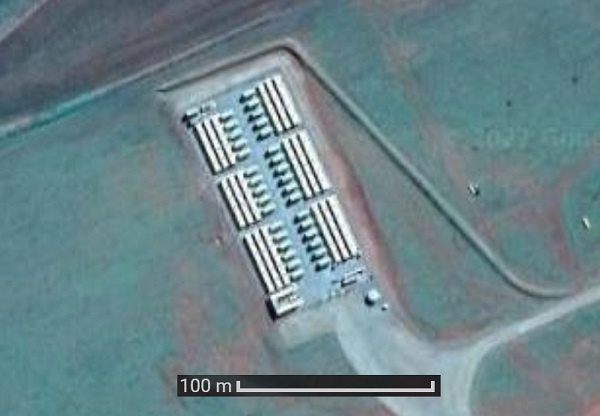

Four of them would be able to — temporarily — supply more power than the Northern Power Station, which was South Australia’s largest coal generator, while taking up an insignificant amount of space compared to the Leigh Creek coal mine. The space would be insignificant even compared to the Northern Power Station when it was still standing.
If a lot of our energy storage ends up in electric vehicles, that will require no extra land use.
Solar & Wind + Batteries Requires Far Less Land
As my astounding mastery of coloured rectangles has shown, the amount of land renewables require is far less than coal. While some Australian coal mines produce more coal per square kilometre than Leigh Creek did, and several use underground tunnels rather than open cut, coal mines alone remove far more land from its original use per kilowatt-hour generated than renewables. As the efficiency of solar panels improves and the size of wind turbines continues to increase, renewables will require even less land per kilowatt-hour generated.
Countering this, I expect in the future we will overbuild our renewable capacity to a large extent because it will be cheaper to generate more clean energy than we need and have some go to waste than it is to store it. But this isn’t a problem. For one thing, we still have plenty of room for solar panels on our roofs.
Footnotes
- Modern solar farms may not bother with building foundations and instead use concrete ballast sitting on the ground to hold solar panels in place because it’s cheaper. Sandbags or rock cages would be more environmentally friendly, but until we put some kind of carbon price on emissions from cement production, concrete is probably going to be used. This is one reason why putting solar on your roof can have a lower environmental impact. ↩
- Einstein developed the special theory of relativity after realising how boring his mundane theory of relativity was. ↩
Original Source: https://www.solarquotes.com.au/blog/solar-wind-coal-land/

